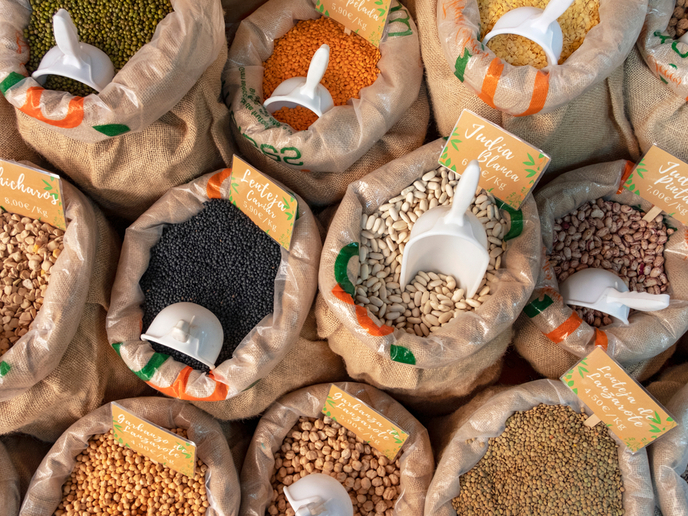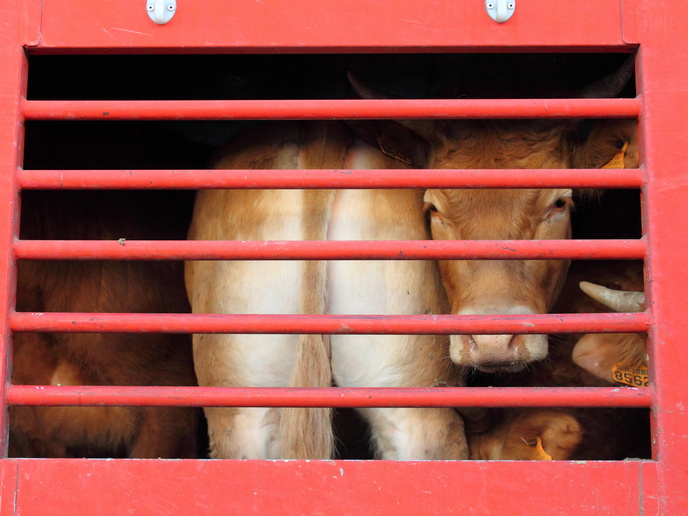Set pulses racing: how farmers can meet consumers’ growing appetite for legumes
Green lentils from Le Puy, Greek Fava Santorini beans – legumes are trending in Europe, and for good reason. Concerns related to health, climate change, protection of natural resources and animal welfare are driving the demand for plant protein as an alternative to meat. Grain legumes, which include soya beans and pulses such as peas, faba beans, lentils and chickpeas, are a key source of plant protein for human consumption. However, in the EU, the size of this market remains small compared to other regions. The EU-funded LEGVALUE (Fostering sustainable legume-based farming systems and agri-feed and food chains in the EU) project is helping farmers make full use of this trend by compiling information needed to seize these new opportunities, and enabling farmers to make informed decisions on whether or not and how to introduce legumes on their farms. “We are sharing knowledge and know-how to boost the development of legume production and use in Europe,” explains Frédéric Muel, research manager at Terres Inovia, the agricultural institute which coordinated the project. “Our key objective is to help farmers make legumes profitable in their cropping system.”
Local tastes
The project gathered a wide range of stakeholders with the aim of piecing together a 360 degree view covering all aspects that are relevant for farmers. These include insights on where best to grow legumes, which environmental impacts to address, which quality requirements exist, and information on value chains, price-setting mechanisms, and market developments. There are three different levels to consider: how to introduce legumes in the cropping system, how to organise the value chain, and how to position the new offering on the market. “A good driver today is that consumers ask for more local food. This can help us organise a value chain at the local level, which is more profitable for farmers,” Muel notes. Market prices for grain legumes are often linked to the feed market, where profit margins are lower. One concrete recommendation to farmers on this point is to negotiate the price contractually before sowing: “We need to aim for fair added-value sharing across the value chain.”
Decision support
One of the key outputs of LEGVALUE is the prototype of a decision support system to be launched in France next year. Farmers will be able to receive tailor-made recommendations on the optimal legume species for their farming systems, by entering information on their local geographic context. The system, which will be made available through the LEGVALUE website, will continuously be updated with additional data with a view to expanding it to other European countries. The most challenging aspect of the project has been the development of a comprehensive database quantifying the benefits achievable at farm level for different types of legumes. “For instance, we still compare the value of different crops at farm level only based on margin. However, legumes can also help increase the yield of the following crop,” Muel says. Due to a lack of available research and data, this analysis is still work in progress. The team is currently working with other partners towards the creation of a European Legume Innovation Network, which will build on the results of LEGVALUE and facilitate knowledge-sharing in this field. The project is also providing policy recommendations to contribute to the development of more sustainable food systems in Europe.
Keywords
LEGVALUE, plant protein, legumes, lentils, chickpeas, soya beans, farmers, decision support, value chain, market, profitable







